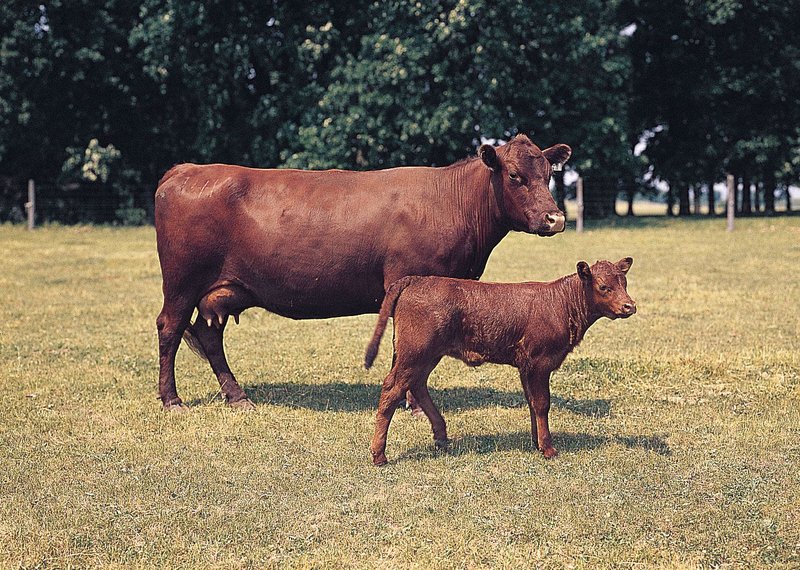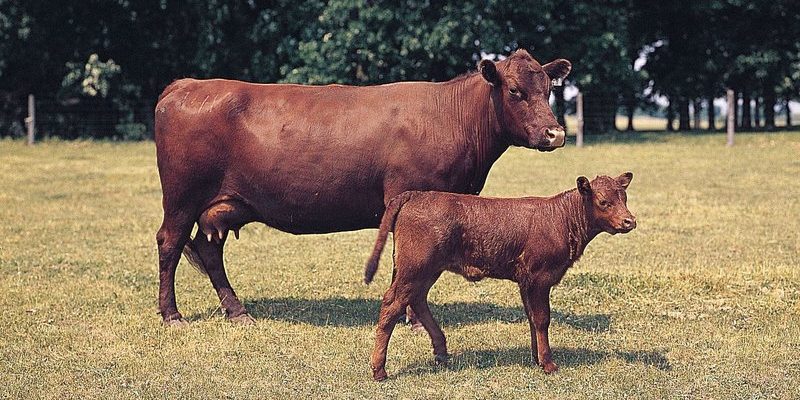
In this article, we’ll dive into the breeding habits of green sea turtles, exploring how they find partners, nest, and the incredible journey their hatchlings undertake. Whether you’re a sea turtle enthusiast or just curious about marine life, you’re in for an interesting read!
The Life Cycle of Green Sea Turtles
Let’s start by understanding the life cycle of green sea turtles, which is essential to grasp how breeding and reproduction work. These turtles undergo several stages from hatchling to adulthood. Initially, they’re tiny—about the size of a human hand—when they break out of their eggs. After a hasty scramble across the beach to reach the ocean, they enter a stage called the juvenile phase. During this time, they grow and mature, often foraging in shallow waters for seagrass and algae.
Once they reach maturity, which can take anywhere from 20 to 50 years, they’ll return to the beaches where they were born to breed. It’s like an epic lifelong quest! The journey back to the nesting sites is often fraught with dangers, including predators and human activities. Still, this instinctual drive guides them home, ensuring the next generation of turtles can thrive.
Mating Rituals: The Search for a Partner
Now, you might be wondering how green sea turtles find their mates. Male turtles often follow females during the mating season, which typically occurs from spring to fall. Males can be quite persistent! They swim around the females and may even engage in a bit of a chase, showcasing their strength and stamina.
Once a female is ready to mate, she’ll surface to breathe, and the male will approach. The actual mating process can be brief but is crucial for successful reproduction. Here’s the thing: not every female will mate with the same male every year. They can store sperm for several years, allowing them to fertilize their eggs at optimal times. This ability helps maintain genetic diversity, which is essential for the health of the species.
Nesting Sites: Where the Magic Happens
Once mating is successful, the female will search for a suitable nesting site on the beach. This is a critical step in the breeding and reproduction process. She typically chooses sandy beaches with minimal human disturbance, as the warmth of the sand plays a vital role in incubating her eggs.
When she finds the perfect spot, she digs a nest using her flippers, laying anywhere from 50 to 200 eggs at a time. This nesting behavior is often repeated several times across the season. Once she’s laid her eggs, she carefully covers them with sand to protect them from predators. It’s like she’s tucking them in for a long sleep, hoping they’ll emerge healthy and strong.
The Incredible Journey of Hatchlings
After about two months, the eggs hatch, and out come the tiny hatchlings. This moment is critical and a bit chaotic—they instinctively make their way to the ocean, usually at night to avoid predators. This journey from the nest to the water is intense, as these little turtles face threats from birds, crabs, and even humans.
Once they reach the ocean, they enter a phase called the pelagic stage, where they drift in the open sea for several years. During this time, they’re on their own, relying on instinct to survive. Many hatchlings will find refuge in floating seaweed, where they can hide from predators and find food. It’s a tough world out there, but nature has equipped them with the skills they need to navigate it.
The Role of Temperature in Development
One interesting aspect of green sea turtle reproduction is how temperature affects the development of the eggs. The sex of turtle hatchlings is determined by the temperature of the sand where the eggs are incubated. Warmer temperatures generally produce females, while cooler temperatures yield males. This phenomenon is known as temperature-dependent sex determination.
As climate change continues to raise global temperatures, scientists are increasingly concerned about the implications for sea turtle populations. If the beaches become too warm, there may be an imbalance in sex ratios. This could lead to challenges in breeding in the future, ultimately impacting the survival of the species.
Threats to Breeding and Reproduction
Despite their amazing adaptations, green sea turtles face numerous threats that disrupt their breeding and reproduction. Human activities are a significant factor—beach development, poaching, and pollution can all negatively impact nesting sites. When turtles can’t find suitable places to lay their eggs or if their nests are disturbed, the entire lifecycle is at risk.
Additionally, climate change poses a dire threat, as rising sea levels and increased beach erosion affect nesting areas. It’s essential for conservation efforts to focus on protecting these critical habitats for green sea turtles. Community awareness and involvement can make a big difference in ensuring these creatures continue their incredible journey for generations to come.
Conservation Efforts and Future Outlook
Fortunately, there are many groups dedicated to the conservation of green sea turtles. Organizations work to protect nesting sites, educate the public, and monitor turtle populations. In some areas, beach cleanup programs and turtle nesting censuses have been implemented to help safeguard these majestic creatures.
You might also come across initiatives that involve local communities in conservation efforts, helping to foster a sense of responsibility toward protecting these vulnerable animals. The future might seem uncertain, but with continued efforts, there’s hope for the green sea turtle and its remarkable breeding and reproduction cycle.
In conclusion, the breeding and reproduction of the green sea turtle is a complex and fascinating topic filled with challenges and triumphs. From their long migrations back to nesting sites to the perilous journey of hatchlings, these turtles have an incredible life cycle worth celebrating. By understanding their needs and the threats they face, we can all play a part in ensuring their survival for generations to come.

